You a Willy-nilly Sander? Here's How to Sand Wood More Effectively.

by
Queen Patina
(IC: blogger)
Confession: At my worst, I have been a willy-nilly sander. At best, a guilty, unsure sander, not sure where to start, or with what grit, at what point in the process. I mean: do I have to sand through EVERY grit on a piece? Do I start with 100 grit? Do I stop at 320? Where do I apply stain or a topcoat? Do I sand after every finish application? What grit? How hard? Do I hand sand or use a mechanical sander? So many questions. While I've essentially claimed Farm Boy's orbital sander as my own and have used it to sand down many a piece, with generally good results, I've still been unsure about my heretofore seemingly willy-nilly method.
As I strive for more perfect finishes-think glossy, lacquered pieces that show EVERY flaw-I've made it a point to research how to sand effectively in ways that compliment my hard work and make for a flawless (as possible) finish. While I certainly don't claim to have unlocked all the sanding secrets of the world, here's what I've found in the course of my research.
As I strive for more perfect finishes-think glossy, lacquered pieces that show EVERY flaw-I've made it a point to research how to sand effectively in ways that compliment my hard work and make for a flawless (as possible) finish. While I certainly don't claim to have unlocked all the sanding secrets of the world, here's what I've found in the course of my research.
Understand the sanding process
Understand the sanding grits and their purposes
Understand your sanding goals
If you click through to the blog post, you'll find a list of resources I consulted in my self-education, as well as few other things to consider when you begin the so important prepping process if you really desire that flawless, to-die-for final finish.
Enjoyed the project?

Want more details about this and other DIY projects? Check out my blog post!
Published April 16th, 2016 11:07 AM



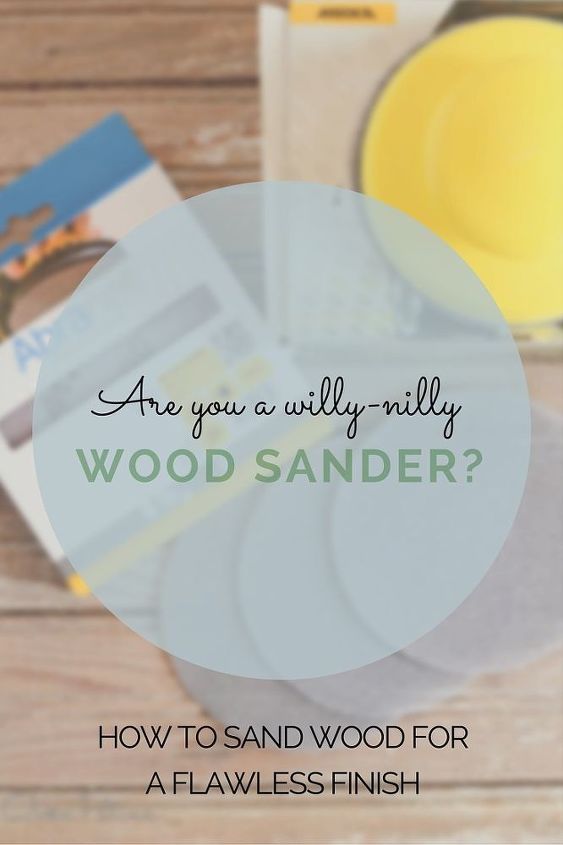










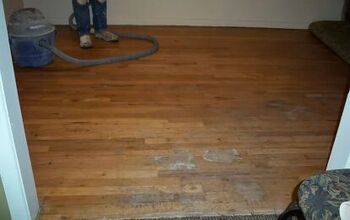






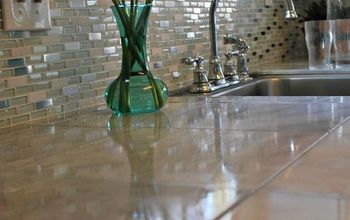
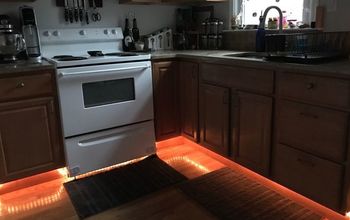


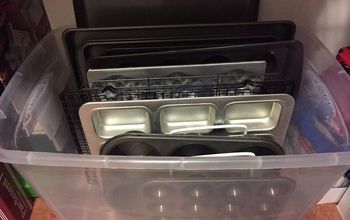

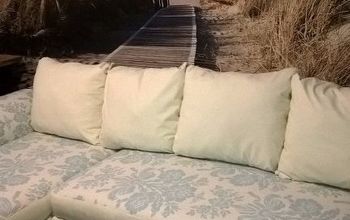


Frequently asked questions
Have a question about this project?